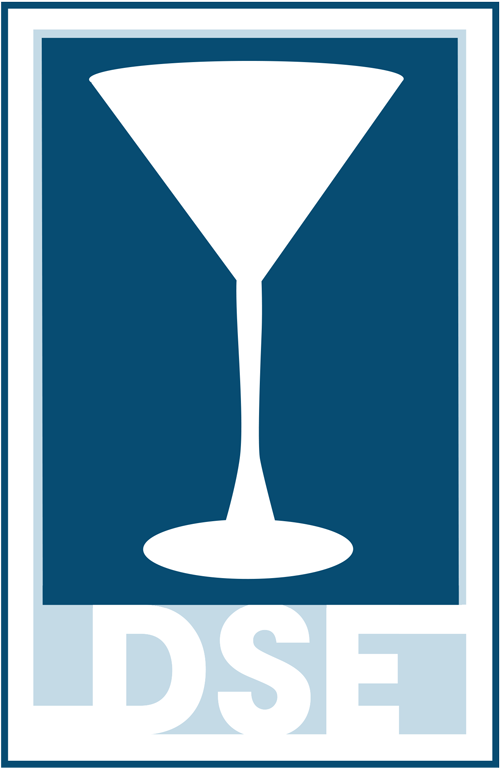How Alcohol Marketplace Domination Creates Problems for Public Health and Safety
Source: Public Action Management
by Pamela S. Erickson
July 17, 2019
Our current alcohol regulatory system was specifically designed to avoid public health and safety problems fostered by large alcohol companies which dominated local marketplaces in the Pre-Prohibition era.
During that time, our local markets were dominated by large national manufacturing companies that owned 70% of all local retail outlets, called saloons. To maximize profits, saloons encouraged heavy consumption. They used aggressive sales tactics, gambling and prostitution to attract customers and were known to serve both alcoholics and children.
The problems engendered by the “saloon system” were substantial.
According to Historian W.J. Rorabaugh, “For generations, Americans had been heavy drinkers, and by 1900 saloons were identified with political corruption, prostitution, gambling, crime, poverty and family destruction.” As the years wore on, the problems spawned a large and powerful “temperance movement” which eventually led to a Constitutional Amendment to prohibit the sale of alcohol. It lasted 13 years. Eventually, it became clear that Prohibition was very unpopular. Enforcement was weak and laws against drinking were widely ignored. And, organized and violent criminal operations to supply the public had developed.
Eventually, Prohibition was repealed via the 21st Amendment which gave the major responsibility for regulation of alcohol to the states. Thus, each state had to design a new alcohol marketplace.
With little expertise in such matters, most states relied on the recommendations of a study financed by John D. Rockefeller, a prominent entrepreneur and industrialist. This study, titled Toward Liquor Control, was written by R.B. Fosdick and A.L. Scott, who had researched alcohol regulatory systems around the world and interviewed over 400 American leaders.
The authors of Toward Liquor Control were very focused on how the profit motive when selling alcohol can lead to public health and safety problems. In recommending a new system, they confronted the question: How could the profit motive and the consolidation of economic power be controlled in the new alcohol distribution system? This was of great concern because, “The possibility of increasing profits would encourage private businesses to sell more alcohol, buy political influence and lax enforcement, and violate laws.”
That is why their preferred method of regulation was a control system where the public owned all or some part of the business. However, they recognized that most states would likely adopt a license system and so they developed several recommendations for that system.
One of the concerns was prevention of the “tied house”, where the manufacturer and retailer are tied together by some means and involved arrangements of exclusivity. This eventually led to development of the three-tiered system whereby manufacturers, wholesalers and retailers are separately licensed without any financial ties between the sectors. And, almost all states and the federal government have laws prohibiting financial ties and exclusive arrangements.
Fosdick and Scott also recognized that public support for regulation was necessary. That was a lesson from Prohibition suggesting that for laws to be effective they must enjoy a certain level of public support. Today, alcohol regulation enjoys very high public support as the Center for Alcohol Policy’s periodic survey has revealed. Not only does the public support most of our regulations, they believe that public health and safety should be the primary concern when considering changes to regulation. (See June 2019 newsletter at www.healthyalcoholmarket.com)
While the situation before Prohibition seems like ancient history, there is a modern example of what happens when you let go of many regulations.
The United Kingdom had an effective license system developed for World War I as they realized they could lose more people from alcohol abuse than from the war. It worked so well, most of the system was retained until around the 1950s-1960s when they began a long period of deregulation. Along with deregulation, came a major increase in consumption with social problems such as alcohol induced injuries, illnesses, public intoxication and addiction.
Over the past decade, the UK has tried many ways to curtail what is considered to be an alcohol epidemic. The market is dominated by four large grocery chains. There is a widespread belief that the selling and promotion practices of these large chains have been a major contributor to the alcohol epidemic.
To avoid this scenario in the U.S. we need to have a better understanding of the value of our current system and how it works to protect the public. This includes:
* Our regulations operate as a system with multiple means to curtail problems.
* Entrepreneurs are often very creative and sometimes find ways to skirt around regulations. This may mean that new regulations must be adopted to address loopholes. This creates additional, but necessary complexity.
* It is difficult to extract a single regulation out of a complex system and prove that it alone promotes public health and safety. And, some regulations curb practices that lead to market domination which, in turn, lead to public health and safety issues.
* Public support is crucial to the staying power of alcohol regulation. Fortunately, surveys indicate a high degree of public support.
Note: Over the next months, I will be focusing my efforts on simple explanations of our regulatory system and how the various parts of it contribute to public health and safety.
Sources:
Toward Liquor Control, Raymond Fosdick and Albert L. Scott, originally published in 1933, republished by the Center for Alcohol Policy, 2011
“The Danger of Alcohol Deregulation: The United Kingdom Experience,” by Pamela S. Erickson
“The Origins of the Washington State Liquor Control Board, 1934”, By Rorabaugh, W. J., Paci?c Northwest Quarterly, Fall 2009.
